Grasslands
Grasslands rich in wildlife can be found on the underlying limestone of the National Landscape. They are especially rich in butterflies and other invertebrates as well as plants such as rockrose and orchids.
Look out for:
- Blue Moor-grass
- Quaking-grass
- Common Bird’s-foot-trefoil
- Wild Thyme
- Dingy Skipper butterfly
- ant-hills formed by colonies of Yellow Meadow Ants

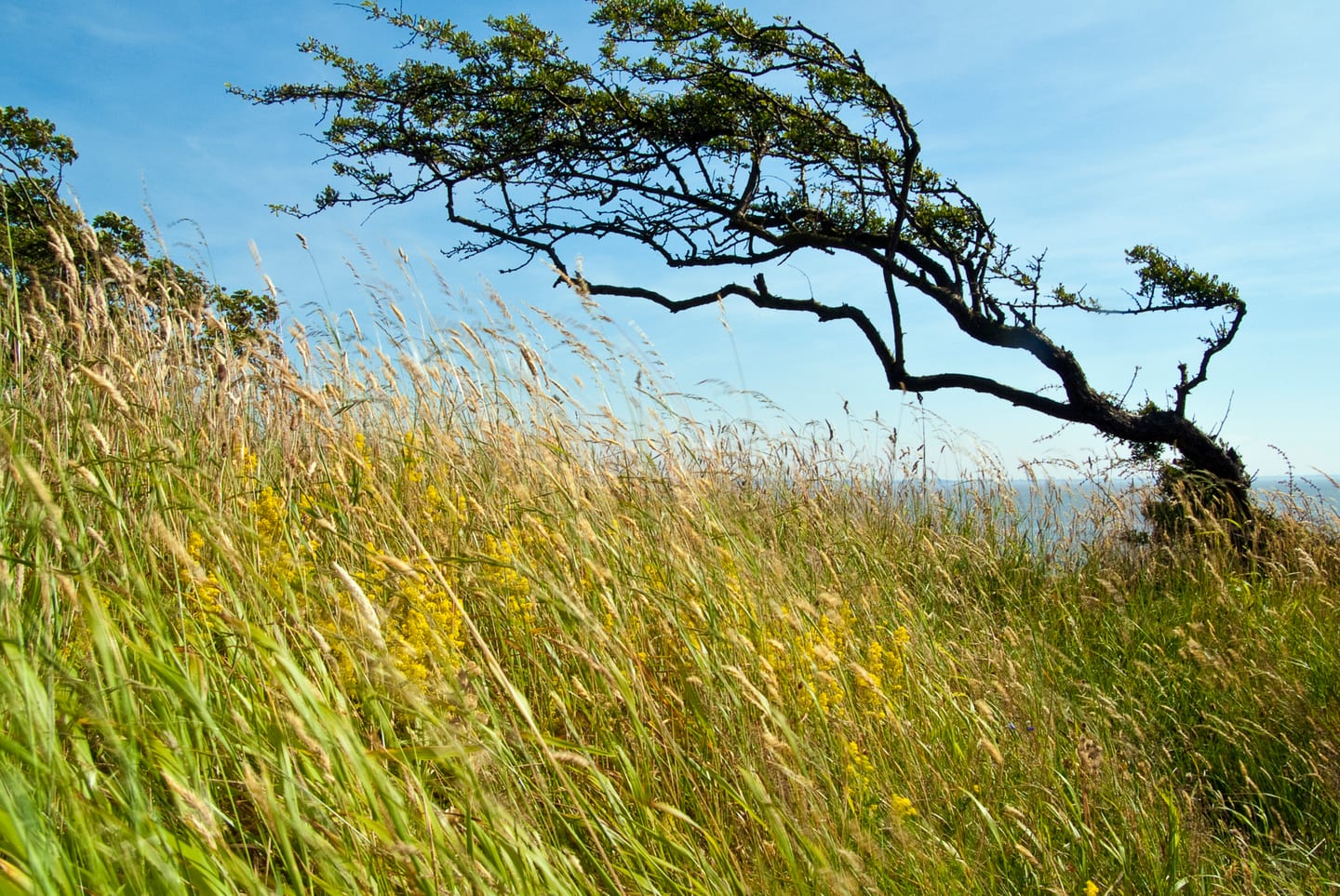
Woodlands
Trees make a highly significant contribution to the landscape, with woodland covering a third of the National Landscape.
Large wooded areas have developed over both the limestone hills and the more neutral and acidic soils of the valleys in between, while numerous field trees and small copses add height to the landscape of the open grasslands and pastures. While a considerable range of different tree and shrub species can be found in the National Landscape’s woods, by far the most ubiquitous is the Ash tree. With its open pinnate leaves, typically amongst the later species to unfurl, Ash allows plenty of light through its canopy to enable often spectacular displays of woodland herbs in the spring. Also of note are the many evergreen Yew trees, often forming large stands with dark, dense canopies over moss-covered limestone pavement.
The woodlands are predominated by Ash, but it is the Yew and coppiced Hazel that makes the woodlands locally special and important. Many such woodlands grow on top of extensive limestone pavements and these woodlands have developed a unique and almost mystical character.
Look out for:
- different stages in the coppice re-growth and see how the character of the woodland and its ground flora changes under this traditional management regime
- stunted ‘bonsai’ trees on the limestone pavement where water drains so efficiently that drought conditions are created, leaving nutrients in short supply. As a consequence, some trees here only grow a few millimetres a year
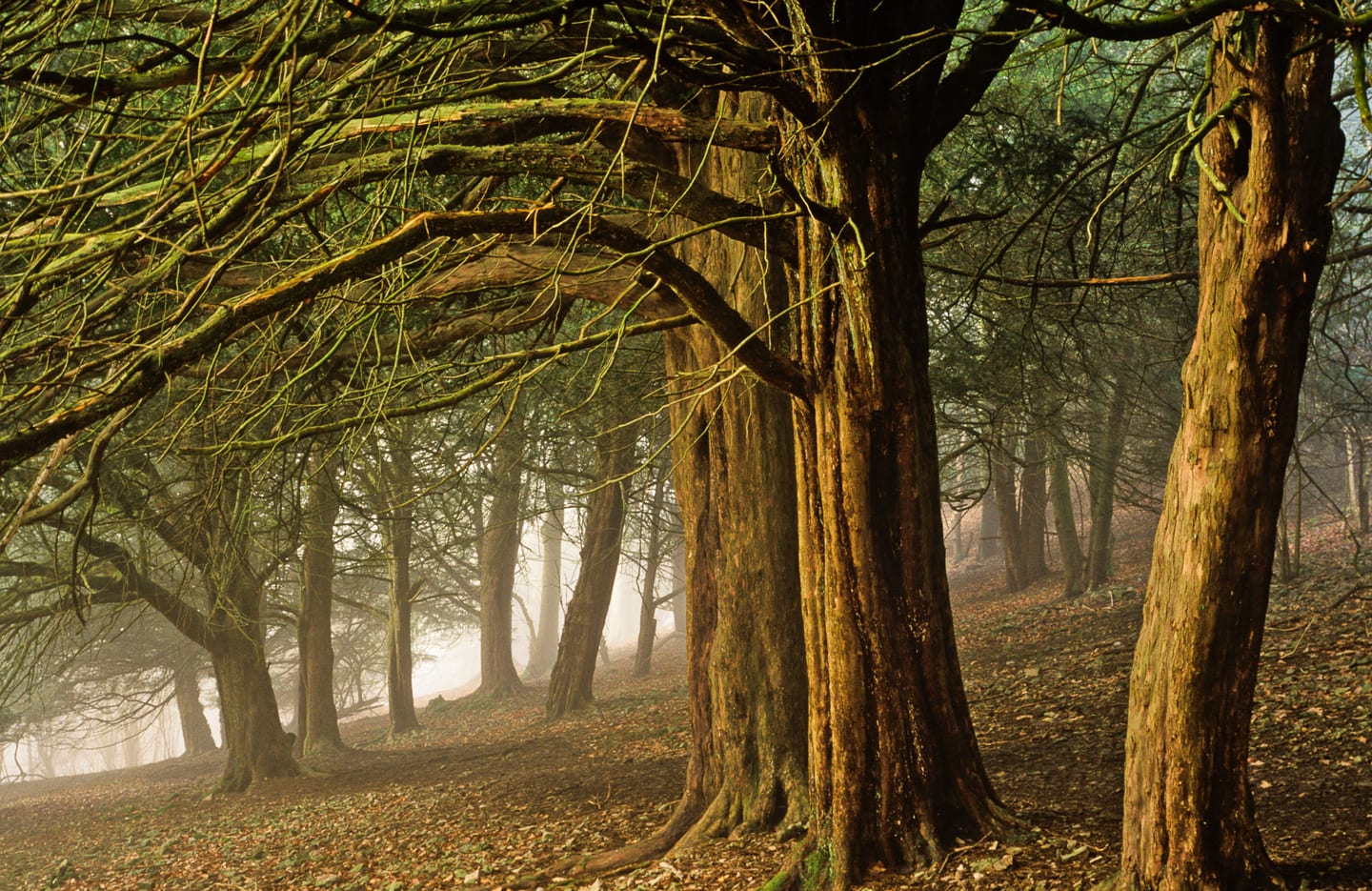
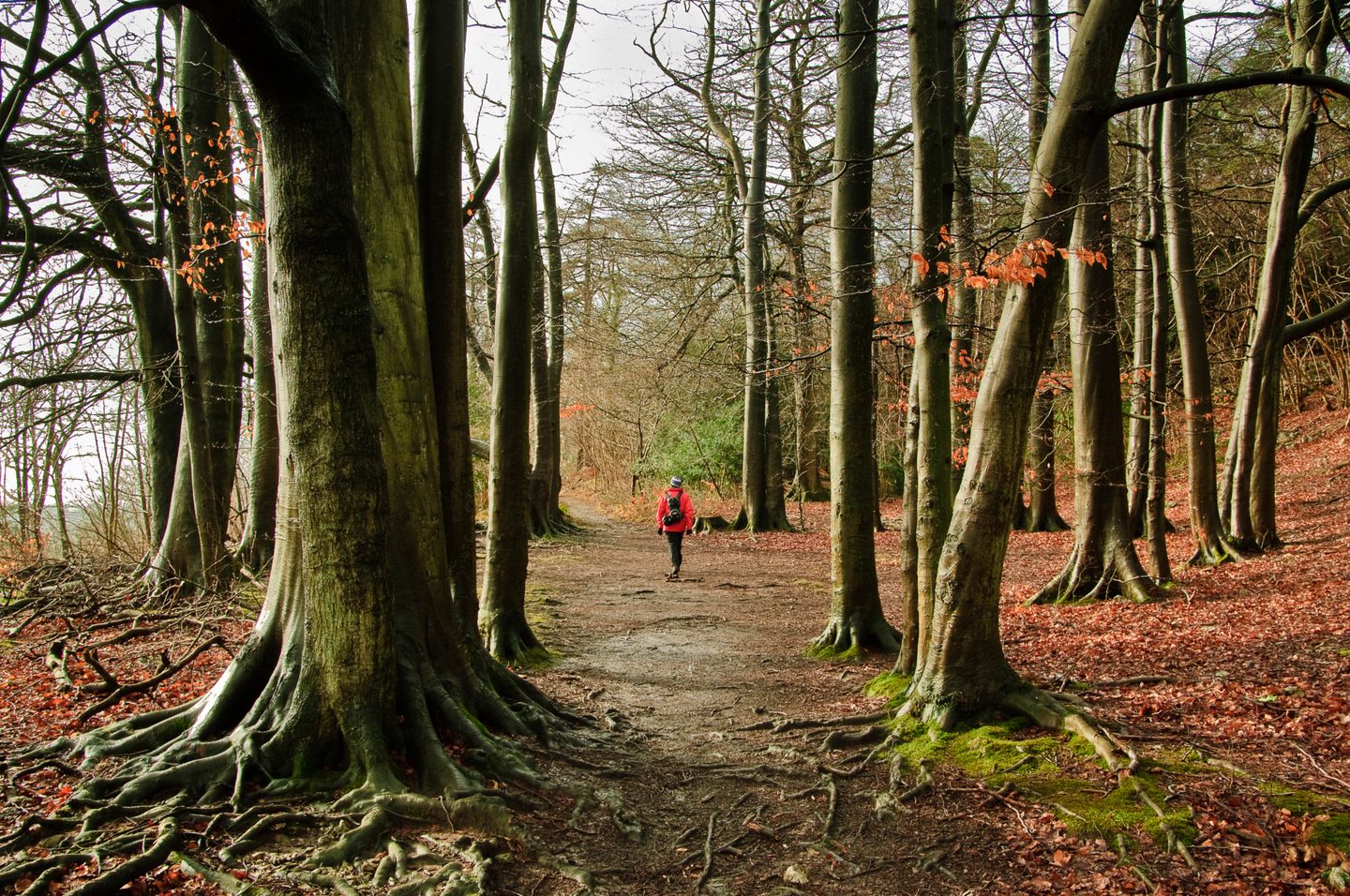
Wetland & Mosses
Extensive wetlands and mosses typically cover the flat, lowland areas between the limestone hills, contributing to the overall quality of the landscape.
RSPB’s Leighton Moss nature reserve has a prominent position within the landscape and affords stunning views across its pools and reedbeds from the surrounding limestone hills; changing colour through the seasons as the reeds develop from bright green shoots in spring through to purple flowers in summer and brown stems in winter. The largest reedbed in the north west of England, Leighton Moss is home to some really special birds and mammals.
Look out for:
- Bittern
- Bearded Tit
- Marsh Harrier
- Red Deer
- Otter

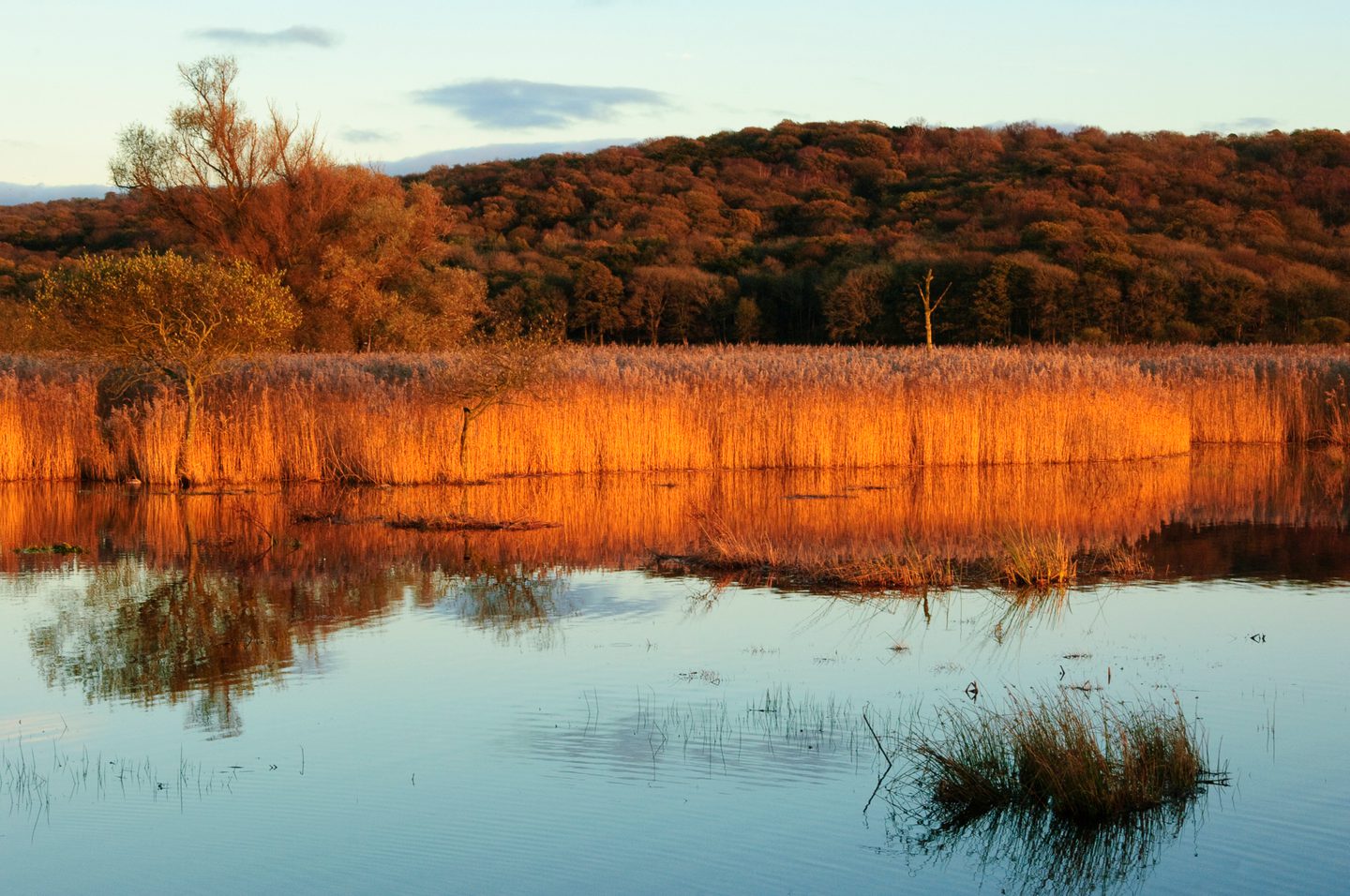
Seascape
Morecambe Bay is the largest intertidal area in the UK where five estuaries meet in a horseshoe-shaped bay of spectacular scale and grandeur. Coastal saltmarsh and intertidal flats partly lie within the National Landscape, but also extend westwards over a huge area (310km2) of mud and sand – a kaleidoscope of water and light; sea and sky; sound, texture and colour.
The coast is dominated by open skies that create an ever-changing backdrop; clear blue skies; swift-blown clouds before a storm; shafts of light shining through a gap in the cloud cover; or vivid sunsets, which fill the sky and reflect on the shallow waters of the mudflats. Shining sandbanks, mudflats and constantly changing channels are alive with the evocative calls of Curlews and flocks of waders and wildfowl keeping time with the ebb and flow of the tide.
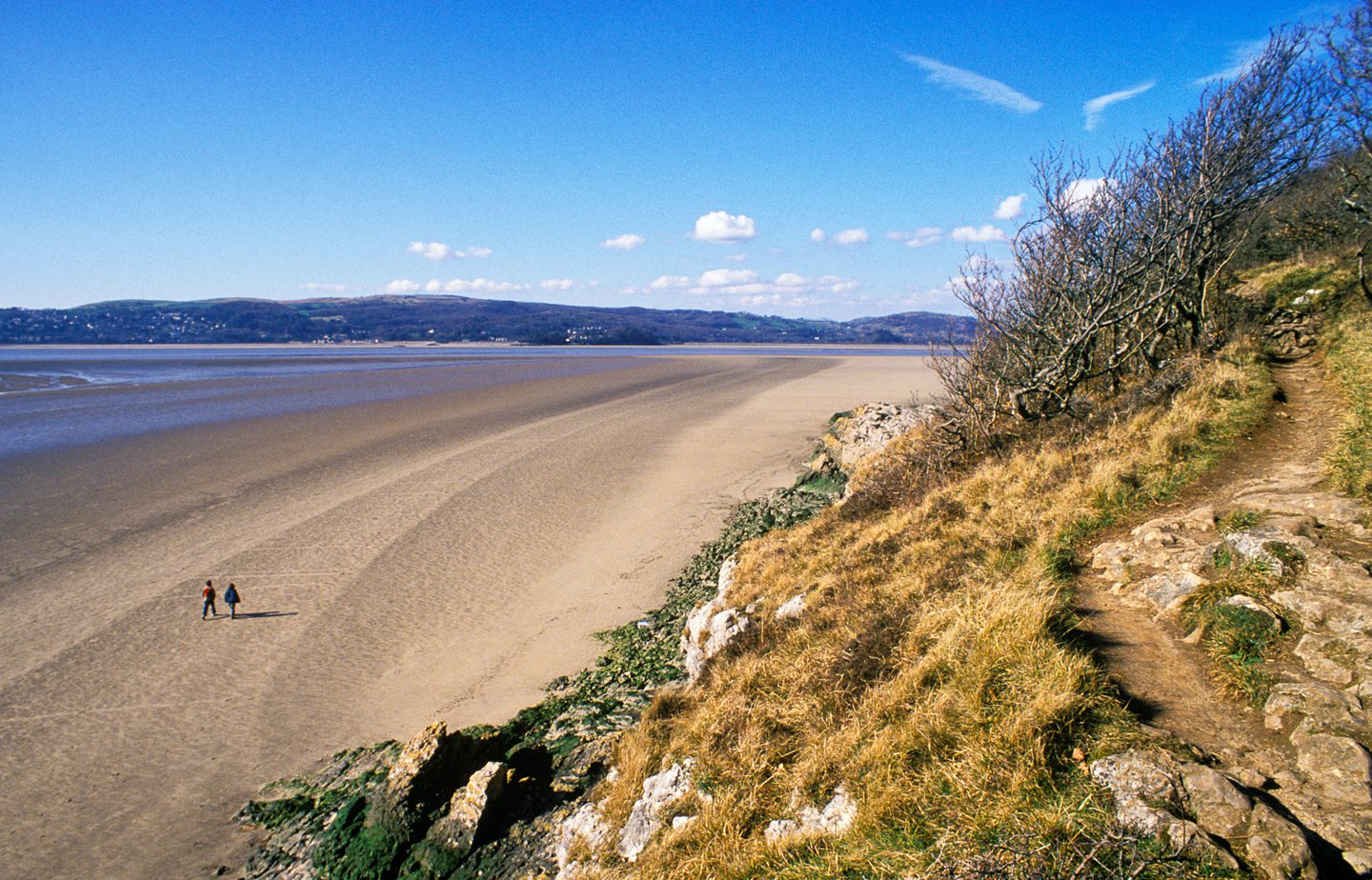
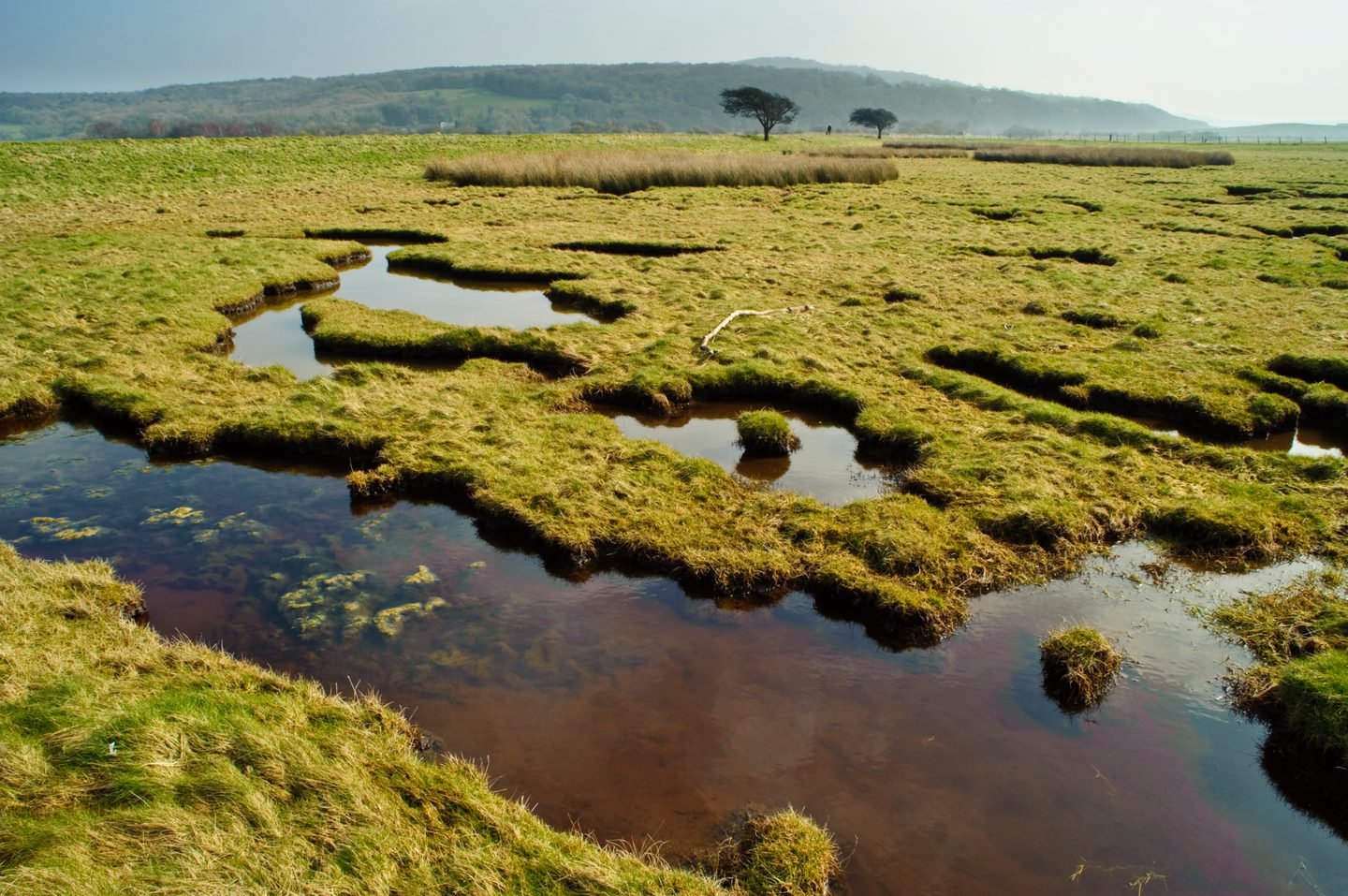
Farmland
Look at the Arnside & Silverdale National Landscape and you will see a landscape which has been hugely influenced by centuries of land management. Working the land is the foundation of the rural economy; the long-standing cultures of low-intensity pasture management and woodland coppice have created much of the distinctive landscape character we see today, and the area remains a living working landscape.
Today 56% of the National Landscape is farmed, the majority of this is pasture for livestock grazing, predominantly beef and dairy cattle and sheep. Cattle and sheep graze the limestone grasslands in the autumn and winter, meadows are cut for hay or silage to provide winter feed for livestock and fields are enclosed by drystone walls and hedgerows.
In the past certain agricultural practices have improved the value of the land for farming but have had a significant impact on the natural habitats and wildlife. Going forwards farming has a key role to play in restoring a more connected landscape for wildlife, keeping air and water clean and improving soils whilst also producing quality food and maintaining a viable business. Maintaining an economically viable and sustainable land management sector will be essential to delivering the National Landscape purpose into the future.
Environmental land management schemes provide funding and support for farmers and land managers to deliver sensitive environmental management on their land. There has been a significant uptake of Environmental Stewardship within the National Landscape, however overall coverage has decreased recently. Farming within the National Landscape has diversified over the years to encompass a range of non-agricultural activities.
Rural skills such as hedge laying, drystone walling, coppice management and maintenance of traditional orchards are vital for maintaining the tradition landscape and habitats of the area. The National Landscape Partnership supports this, providing training sessions and hosting one of the Lancashire and Westmorland Hedgelaying Association annual ‘grand prix’ competitions.

